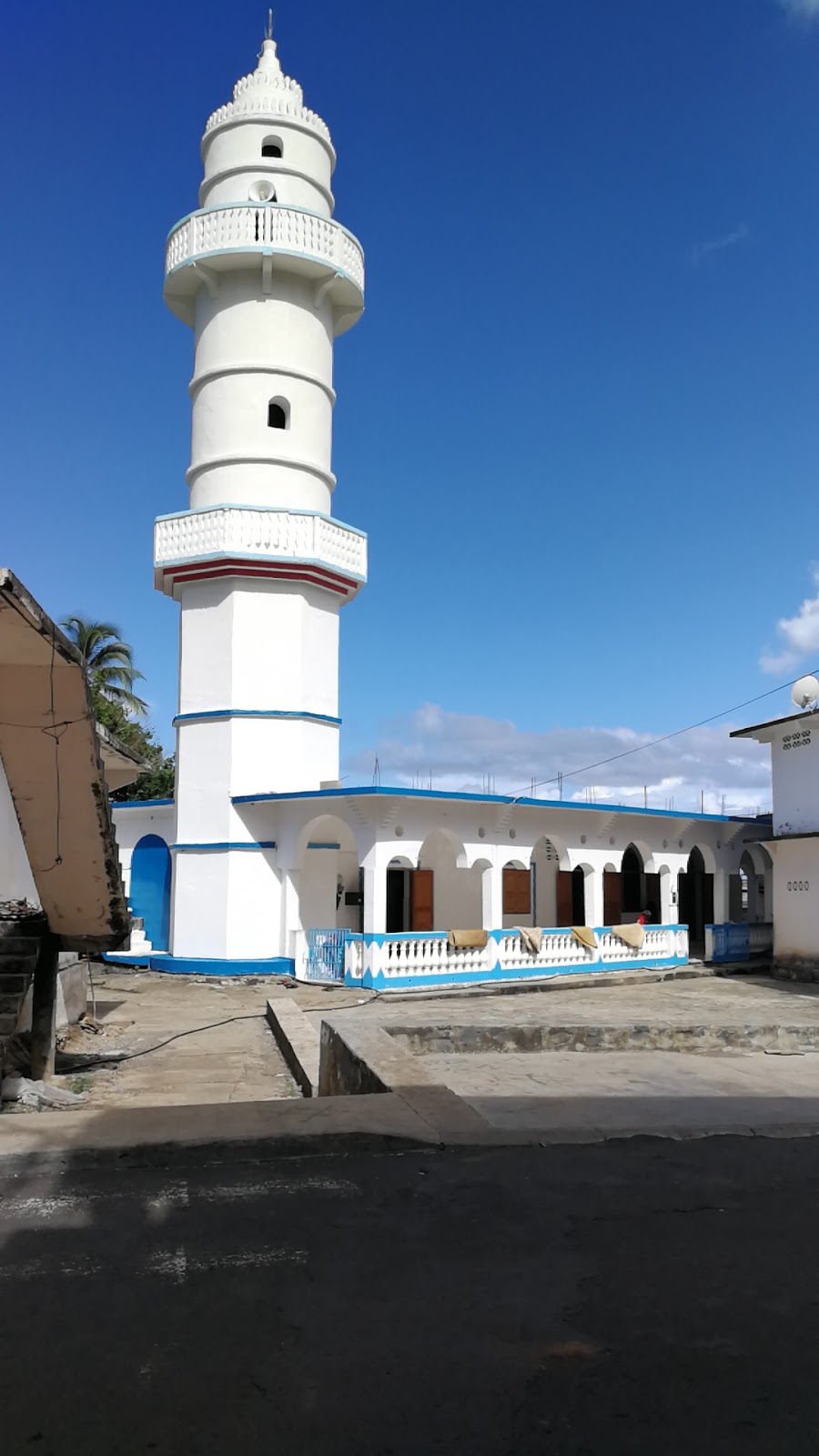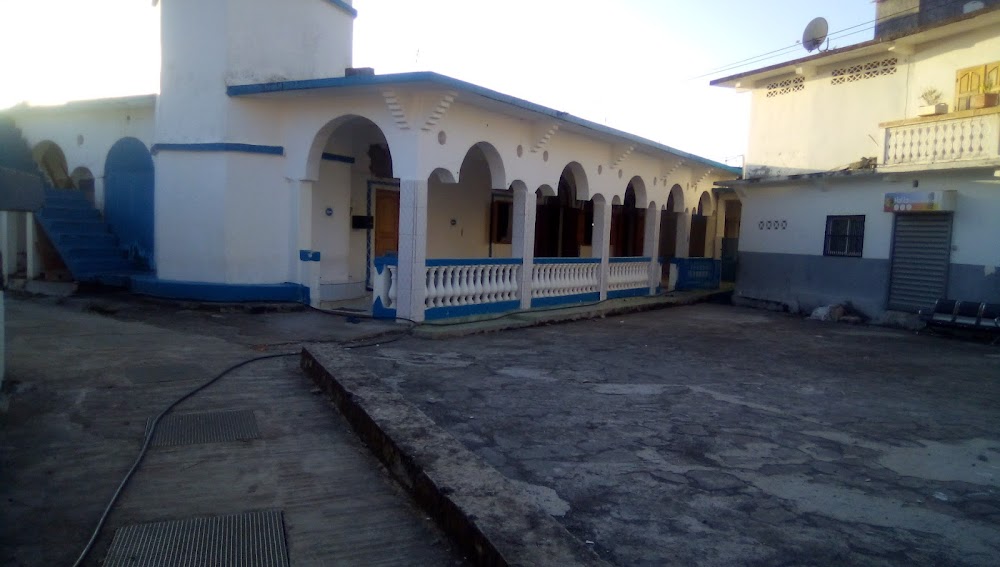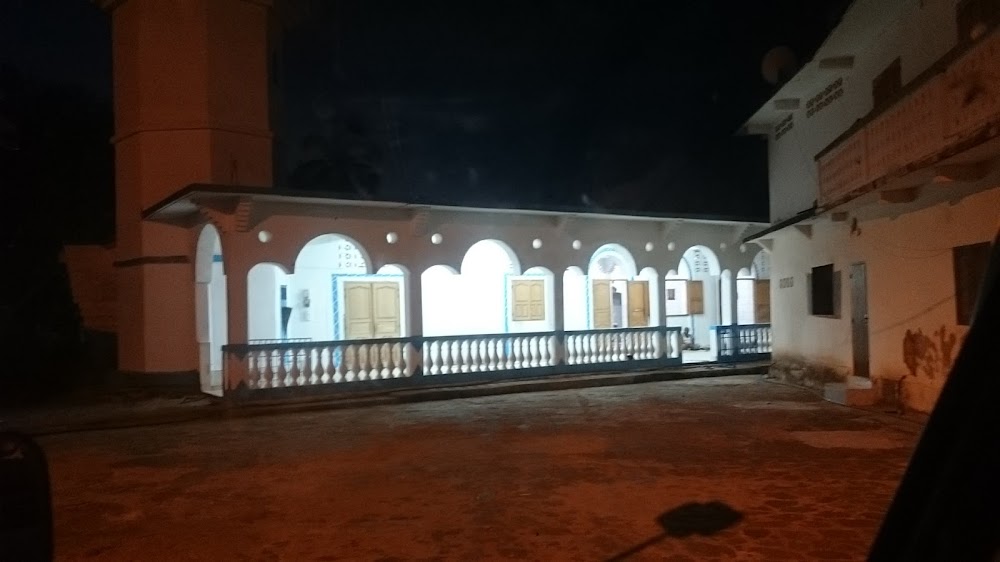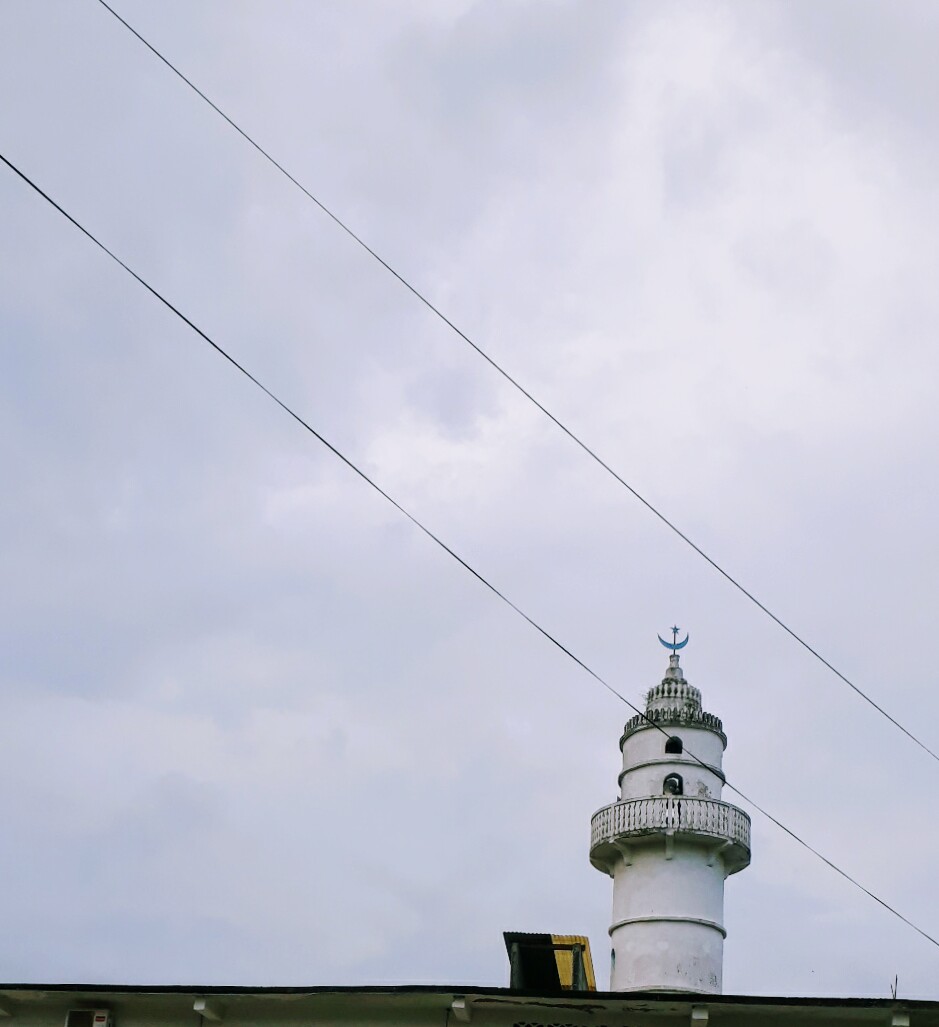Sada Mosque (Mosquée de Sada)
Overview
The **Mosquée du Vendredi**, also known as the **Sada Mosque**, is an architectural gem nestled in the city of **Moka**, situated on Mayotte, a French overseas territory in the Indian Ocean. The mosque's construction and the rich history surrounding it narrate a compelling tale of cultural fusion and community effort.
In its early days, the community of Moka sought a sacred space where they could gather for worship, reflecting their strong bonds and shared religious values. The vision began to take shape in the early 20th century, as locals pooled resources and labor to lay the groundwork for the mosque's construction. This collective effort exemplified the spirit of unity among the people.
From the outset, the design of the Sada Mosque drew inspiration from both traditional African and Islamic architectural styles. Local materials, such as coral stones and wooden beams, were sourced from the surrounding landscape, highlighting the community's deep connection to their environment. Skilled local artisans took pride in crafting intricate details that now adorn the mosque, showcasing their craftsmanship.
Initially, the mosque was a modest structure designed to accommodate a small number of worshippers. However, as the population of Moka grew, so did the need for a more expansive place of worship. Over the decades, the mosque underwent several renovations and expansions, each phase preserving the original architectural elements while seamlessly integrating new features to create a cohesive and timeless structure.
By the 1970s, the mosque had transformed into a vital social hub, serving not only as a place of worship but also as a center for educational and community activities. Local leaders and religious scholars shared their knowledge, further strengthening the community's cultural and religious identity.
The most significant renovation occurred in the late 1980s, aiming to modernize the mosque's facilities while preserving its historical charm. Craftsmen from Mayotte and neighboring regions were enlisted to ensure traditional techniques were upheld, resulting in a harmonious blend of old and new architectural elements.
During this renovation, a beautiful courtyard was introduced, offering a serene space for reflection and social interaction. The mosque's minaret, a cornerstone of Islamic architecture, was extended to enhance its prominence in Moka's skyline. Inside, the prayer hall was expanded, featuring more intricate designs with Islamic calligraphy and geometric patterns that invite contemplation.
Funding for these renovation projects came from various sources. While the community continued to contribute, additional financial support was garnered through charitable donations and government grants. This collaborative effort reflects a shared commitment to maintaining the mosque as a symbol of unity and spiritual strength.
Today, the **Mosquée du Vendredi** stands as a testament to the dedication and resilience of the people of Moka. Its walls echo the prayers and dreams of generations, embodying the rich cultural and religious heritage of Mayotte. The Sada Mosque remains an active center of worship and a beacon of community life, showcasing how tradition and modernity can coexist in harmony.
The mosque’s story is one of continuous growth and adaptation, driven by the aspirations and needs of its people. It underscores the vital role of community involvement in preserving cultural landmarks, ensuring they remain relevant and accessible for future generations.
In conclusion, the **Mosquée du Vendredi** (Sada Mosque) in Moka, Mayotte, is more than just an architectural structure; it is a living symbol of faith, perseverance, and unity. Through collective effort and unwavering respect for tradition, it has evolved to meet the needs of its community while honoring its past.









